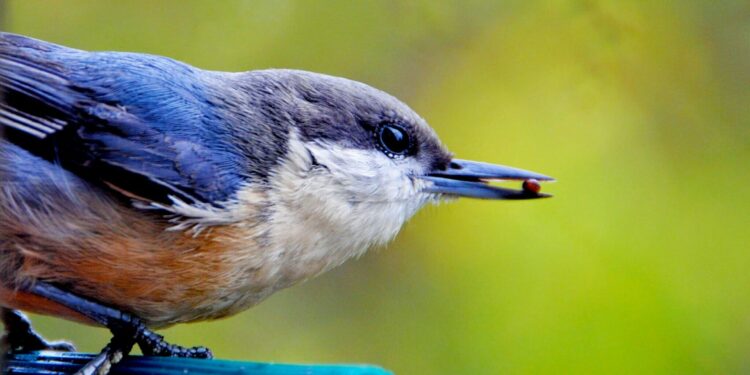Credit: Unsplash/CC0 Public domain
A team of ecologists from the University of Coimbra, the University of Aarhus and the University of Bristol have found that around a third of Europe’s plant species are at risk of population reduction as the number seed dispersal decreases.
In their study, published in the journal ScienceThe group created a European-wide seed dispersal network, then compared it to dispersal population figures to learn more about the problems European plants face.
Many plants rely on animals to transport their seeds to distant locations to reduce competition and also expand their range. In this new effort, the research team wondered what kind of impact Europe’s plants might experience from well-known reductions in the number of populations of common dispersers such as birds, mammals, reptiles and insects.
They conducted an extensive literature review looking for examples of interactions between European plants and seed-dispersing animal species. In doing so, they compiled a list of 592 plant species native to Europe known to have evolved in tandem with dispersed plants.
They also found 398 animals known to disperse seeds. They noted that many of these creatures dispersed more than one type of plant. To make sense of their data, the team created a list of more than 5,000 pairs of plants and their dispersers.
The research team then turned their attention to dispersers and found that about a third of them were classified as threatened or declining.
This led them to conclude that around a third of plant species in Europe could also decline or disappear. The researchers note that the next step for their team, or another, is to examine the changes in ecosystems across Europe that are already occurring as disperser numbers decline.
They also note that more research is needed on plant/disperser pairs, to explore what is happening with rare plants or dispersers, including research in other parts of the world.
More information:
Sara Beatriz Mendes et al, Evidence of a European seed dispersal crisis, Science (2024). DOI: 10.1126/science.ado1464
© 2024 Science X Network
Quote: A third of European plant species could be in trouble due to declining seed disperser populations (October 11, 2024) retrieved October 11, 2024 from
This document is subject to copyright. Except for fair use for private study or research purposes, no part may be reproduced without written permission. The content is provided for informational purposes only.



